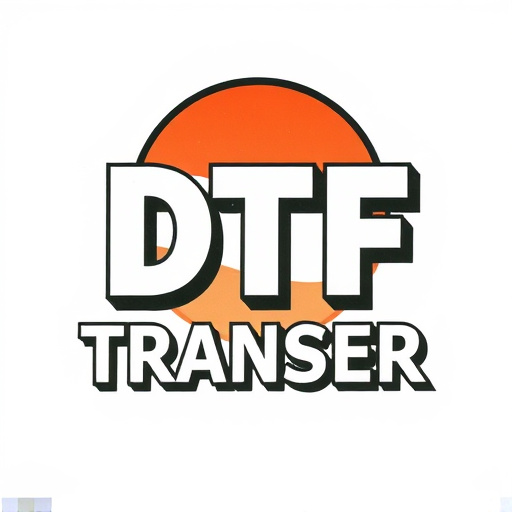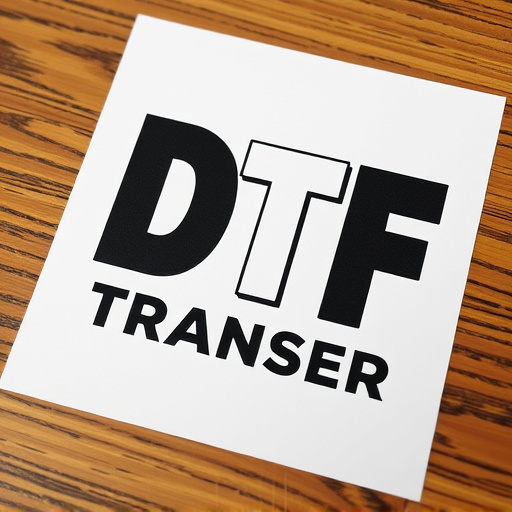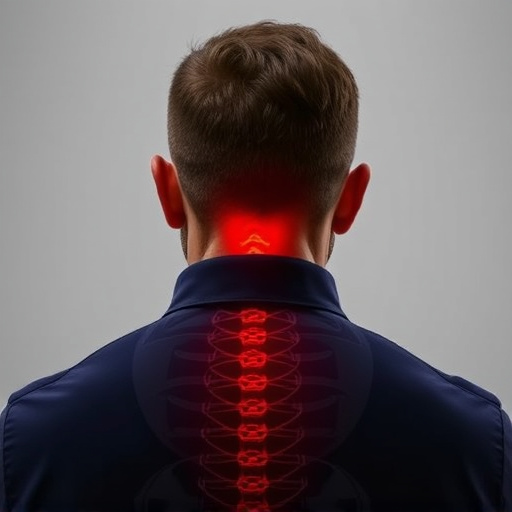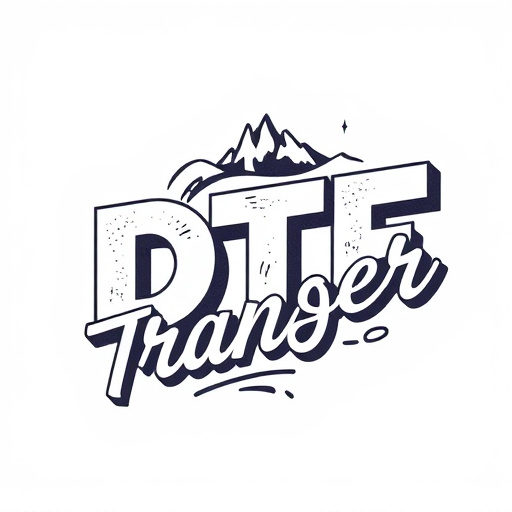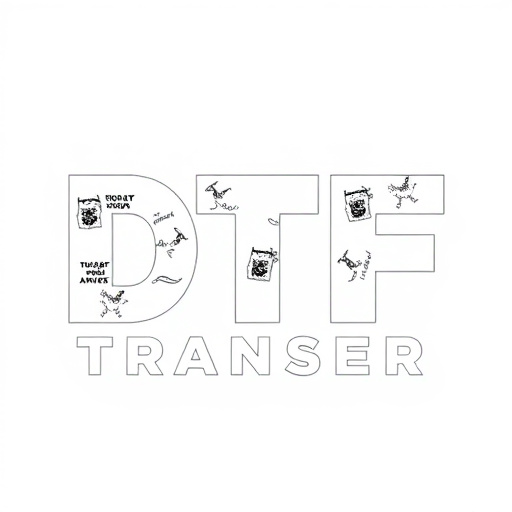Direct-to-Film (DTF) transfer printing is a cutting-edge method for creating intricate, personalized designs on various materials. Using specialized equipment and digital print heads, DTF printing offers design flexibility without physical screens. It combines high-resolution imaging with precise ink deposition to produce detailed prints, ideal for custom products. Selecting suitable materials, optimizing designs for specific equipment, and avoiding common pitfalls are crucial steps for achieving exceptional DTF prints.
“Unleash your creativity with personalized direct-to-film (DTF) designs! This comprehensive guide navigates the world of DTF transfer, empowering you to transform ideas into vibrant, durable prints. From understanding the fundamentals of DTF and selecting ideal materials, to design tips and step-by-step creation processes, we cover it all. Learn techniques to enhance your DTF prints and avoid common pitfalls. Get ready to revolutionize your projects with this game-changing DTF printing method.”
- Understanding Direct-to-Film (DTF) Transfer: A Basic Overview
- Choosing the Right Materials for Your DTF Print Project
- Designing for DTF: Tips and Best Practices
- The Step-by-Step Process of Creating a Personalized DTF Design
- Techniques for Enhancing and Customizing DTF Prints
- Common Mistakes to Avoid During DTF Transfer and Printing
Understanding Direct-to-Film (DTF) Transfer: A Basic Overview

Direct-to-Film (DTF) Transfer is a cutting-edge printing technique that allows for the creation of personalized and intricate designs on various surfaces, such as textiles, ceramics, and metals. This method involves using specialized equipment to apply ink directly onto the target material through a digital print head, replicating the look and feel of traditional screen printing without the need for physical screens.
DTF Printing offers unmatched versatility in design possibilities. By combining high-resolution imaging with precise ink deposition, it enables the production of detailed prints, including complex patterns, photos, and graphics. This technology is particularly advantageous for creating custom, on-demand products, as it streamlines the process from design to finish, making it an attractive option for businesses and individuals seeking unique, personalized DTF Prints.
Choosing the Right Materials for Your DTF Print Project
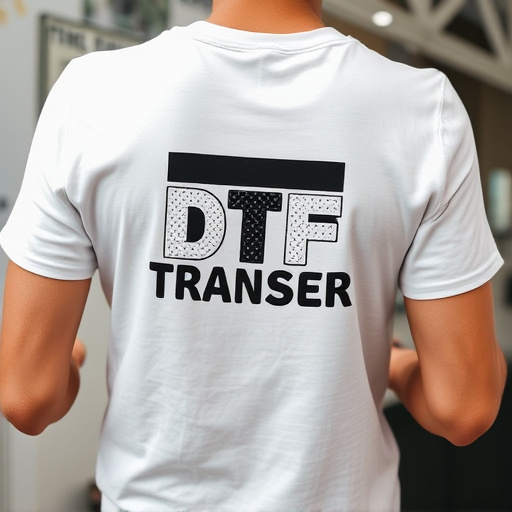
When embarking on a DTF (Direct-to-Film) print project, selecting the appropriate materials is paramount to achieving exceptional results. The first step involves understanding your desired outcome and the properties needed for your specific design. For instance, if creating a vibrant graphic for a t-shirt, opt for high-quality, durable inks that can withstand washing without fading. Choose films with excellent adhesion to ensure the design seamlessly transfers to various substrates.
Consider the surface you plan to print on, be it fabric, wood, or plastic. Different materials require specific types of DTF transfer papers and inks. For example, textile printers might use heat-transfer or sublimation papers, while sign makers could opt for UV-curable films. Ensure your chosen materials are compatible with your printer and compatible with the desired finish, whether it’s a sleek, matte, or glossy appearance.
Designing for DTF: Tips and Best Practices
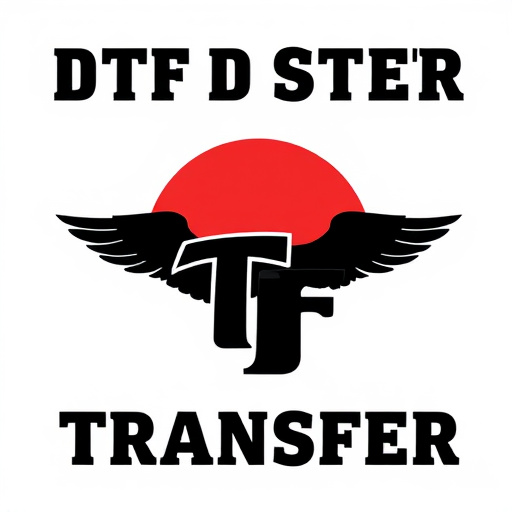
When creating personalized direct-to-film (DTF) designs, it’s crucial to understand the unique processes and considerations that set this method apart from traditional printing techniques. Designing for DTF involves a blend of artistic vision and technical precision to achieve high-quality results. One key tip is to optimize your design for the specific materials and equipment used in DTF transfers. This includes using vector graphics whenever possible, as they reproduce better than raster images, ensuring sharp lines and details in the final prints.
Best practices also dictate paying close attention to color profiles and mode settings. Since DTF printing relies on heat to transfer the design, selecting the appropriate color mode (like CMYK) and ensuring accurate color representation is vital. Additionally, keeping your designs relatively simple with minimal detail can prevent issues during the heating process. Remember, the goal is to create visually appealing, long-lasting DTF prints, so balancing aesthetics and practicality will lead to successful outcomes.
The Step-by-Step Process of Creating a Personalized DTF Design
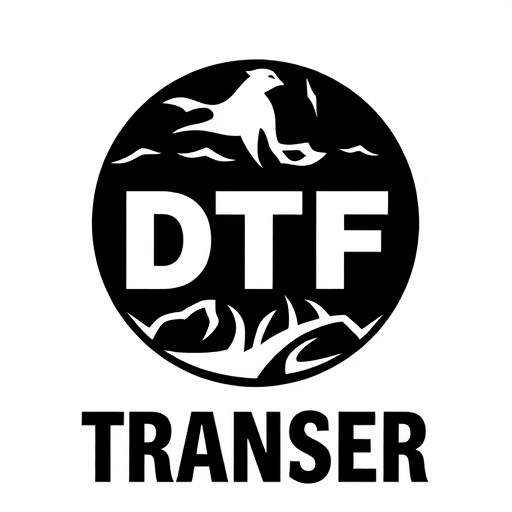
Creating a personalized direct-to-film (DTF) design involves a precise and creative process that brings your unique vision to life on film. It begins with conceptualization, where ideas are formulated and sketched to visualize the desired outcome. This step is crucial as it sets the foundation for the entire project. Once the concept is finalized, designers move on to digitizing the artwork, ensuring it’s optimized for DTF transfer. This process includes vectorization and color separation to prepare the design for printing.
The next phase is preparing the print setup by selecting suitable film materials and inks compatible with DTF printing techniques. Precise registration and placement of the design on the film are essential to achieve crisp, accurate prints. Following this, the artwork is printed onto the chosen film media using specialized equipment designed for DTF transfers. After printing, the film is carefully cured to set the ink, ensuring long-lasting durability. The final step involves application, where the DTF transfer is carefully attached to the desired surface, be it fabric, wood, or metal, completing the personalized design process.
Techniques for Enhancing and Customizing DTF Prints

Creating personalized direct-to-film (DTF) designs offers a unique and creative way to enhance various products with custom artwork. To make your DTF prints stand out, explore techniques that go beyond standard printing methods. One effective approach is to utilize special inks designed for DTF transfers, allowing for vibrant colors and intricate details on a variety of surfaces. Experimenting with different ink types can produce striking results, from glossy finishes to textured effects.
Additionally, consider adding custom textures or patterns to your designs using techniques like screen printing or heat transfer. These methods enable you to incorporate unique elements into your DTF prints, making them more visually appealing and distinctive. By combining these techniques with precise cutting and precision placement during the printing process, you can create truly personalized and eye-catching DTF transfers for a wide range of applications.
Common Mistakes to Avoid During DTF Transfer and Printing

When creating personalized direct-to-film (DTF) designs, it’s crucial to be aware of common mistakes that can compromise the final prints. One of the primary issues is improper preparation of the film itself; this includes using low-quality materials or not cleaning the film thoroughly before application, leading to inconsistent ink transfer and print defects.
Another frequent error is misalignment during the printing process. Ensuring precise positioning of the film on the substrate is vital for achieving crisp, accurate DTF prints. Skipping pre-printing checks or using subpar printers can result in misaligned designs, spoiling the overall aesthetic appeal of the final product. Additionally, overlooking the importance of calibration and maintenance of printing equipment can cause variations in ink deposition, affecting color consistency across different DTF prints.







